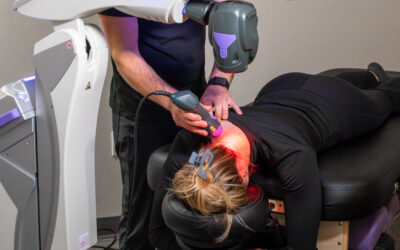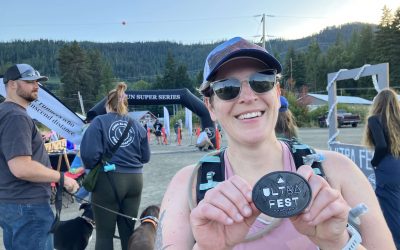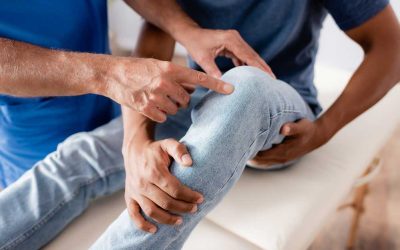 Running is a demanding sport, and you can’t perform at your best if mobility restrictions, joint pain, or stability issues hold you back.
Running is a demanding sport, and you can’t perform at your best if mobility restrictions, joint pain, or stability issues hold you back.
Runners commonly experience knee pain, sore feet, hip tension, or back tightness during or after a run.
Thankfully, you have the power to avoid these problems before they start.
In this post, I’ll share some pre-hab warmup and mobility movements that you can use to level up your pre-run routine and your post-run cool down.
Remember, sometimes we need more than simple stretching to increase flexibility.
Sometimes we need to give our muscles a reason to be less tight.
This might require targeted exercises and even chiropractic and manual therapy such as active release techniques, cupping, and the Graston technique.
If you’ve been stretching regularly and your muscles are still tight, then it might be time to see the experts. Come visit us at our Seattle (Green Lake and West Seattle) chiropractic location, or if you live in Oregon, come see us at our Portland Slabtown clinic.
Pre-Run: Running-specific mobility
We all warm up before running… right?
It’s not uncommon for people to static-stretch before running to loosen up; however, it’s been proven more beneficial to prime the powerful muscles of the posterior chain and coordinates functional movement patterns prior to a run.
Add these two movements to your pre-run routine and feel the difference!
Glute Bridge
The glute bridge is one of the best posterior-chain engagement exercises. When done properly (without extending the low back or letting the quadriceps or hamstrings dominate the movement) the glutes are able to kick on strong, which will help propel your stride forward and take some of the burden off your quads, hip flexors, and knees.
Single Leg Hinge
Posterior-chain strength and activation are paramount for an efficient stride.
This functional movement closely mimics a running motion, allowing for great musculature activation while offering an opportunity to improve your running movement patterns.
Make sure the knee of the standing leg stays relatively over the ankle (rather than trending forward to the toes) so you load the glutes, lateral hip, and hamstrings instead of your quads.
Post-Run: Cool Down
After you finish running, your body immediately begins recovery.
You have a short period of time to set the tone for your body to recover.
It’s important to do two things:
1) transition to a parasympathetic state
2) incorporate mobility movements and/or stretches to alleviate tension and flush in nutrients the body needs to rebuild
Try this to increase your recovery time to feel fresher and faster.
Psoas Stretch
The anterior chain (quadriceps and hip flexors) are very active during a run. The psoas stretch provides an opportunity to alleviate tension between the knee and hip that may build up during a training session.
To execute properly, posteriorly tilt your pelvis, eliminate lumbar extension, squeeze your glute, and breathe slowly and fully for 60+ seconds.
Tactical Frog
The adductors are often overlooked and can be tight as a result. This movement is a great way to increase blood flow and flush tight muscles surrounding the hips that can tighten up during a run.
Make sure to keep your core engaged and back relatively neutral to get the most out of this mobility drill.
You have a short period of time to set the tone for your body to recover.
It’s important to do two things:
1) allow muscles to recover evenly without imbalance, thereby reducing tightness
2) increase blood flow to your muscles, letting them flush out toxins and bring in nutrients they need to rebuild
Calf Stretch
Losing ankle mobility due to calf tightness can have detrimental effects upstream. Knee and hip mobility all require mobile ankles. If you’re only going to do one stretch, then please make it this one.
Time to run
In conclusion, running is an exhilarating and rewarding sport, but it demands attention to mobility, joint health, and stability in order to perform at your best.
By incorporating the pre-hab warmup and mobility movements detailed in this post, you can significantly enhance your pre-run routine and post-run cool down.
It’s crucial to remember that targeted exercises and professional intervention might be necessary to address persistent muscle tightness or mobility issues.
So, if you’ve been stretching diligently without experiencing the desired results, it’s time to consider visiting our chiropractic locations in Seattle or Portland for a comprehensive evaluation and personalized treatment.
By taking a proactive approach to your running performance and recovery, you’ll be setting the stage for long-term success, improved endurance, and a more enjoyable running experience.
Happy trails!


